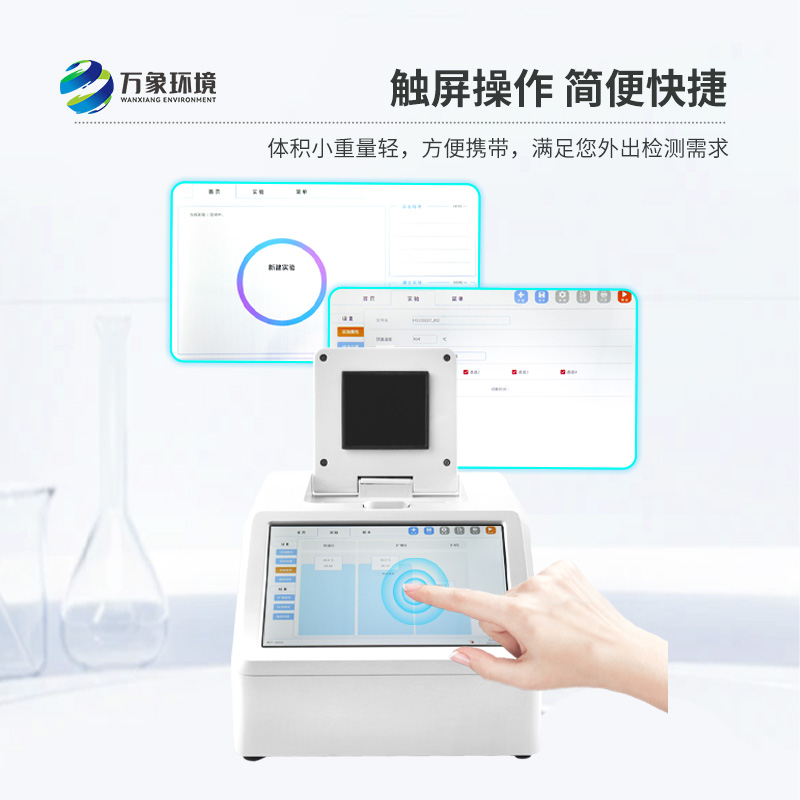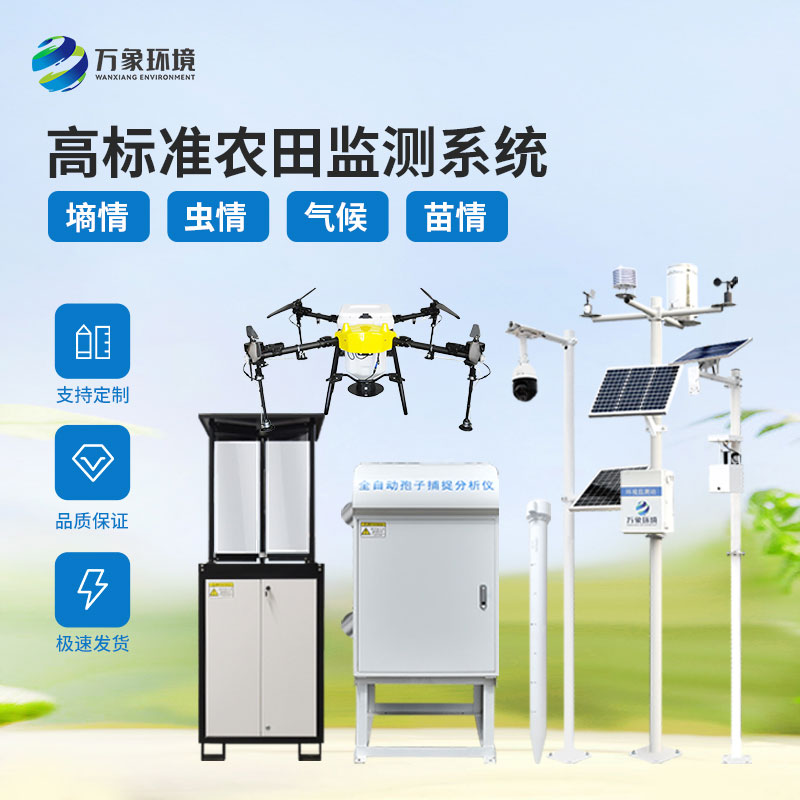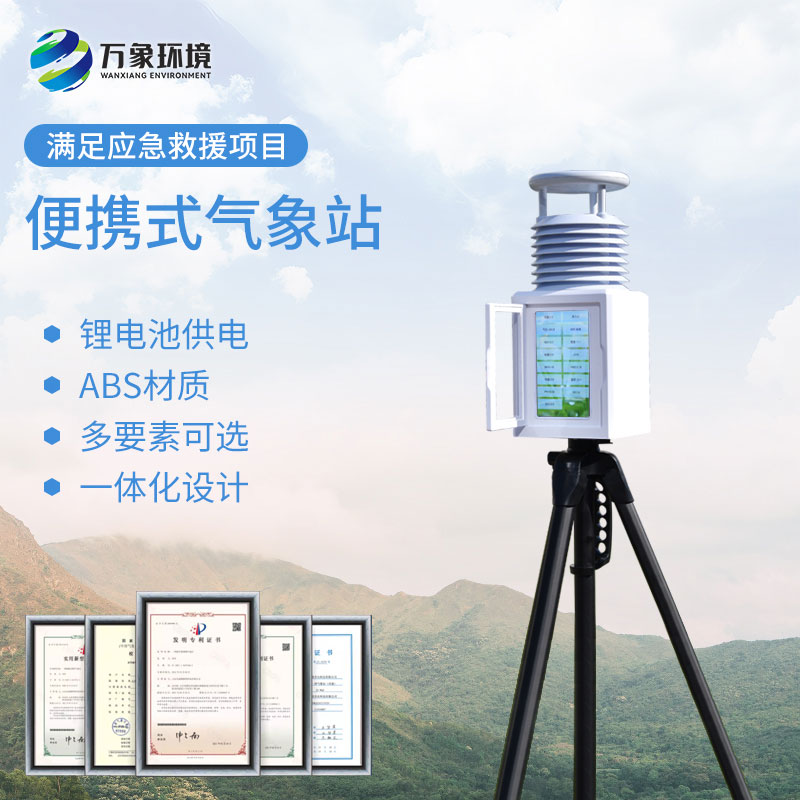In today's animal husbandry, the prevention and control of animal diseases is very important, especially virulent infectious diseases such as African swine fever, which poses a serious threat to the global pig breeding industry. In order to effectively address this challenge, scientists have developed a variety of advanced detection technologies, among which the 4-channel 16-well fluorescent quantitative PCR instrument has become a leader in the field of animal disease detection with its efficient, accurate and rapid characteristics.
WX-CW16H 4-channel 16-well fluorescence quantitative PCR instrument is a rapid detection instrument based on polymerase chain reaction (PCR) technology. It uses fluorescence signal to monitor the changes of DNA during PCR amplification in real time, and quantitative analysis of unknown template concentration by standard curve. The instrument has 4 independent fluorescence detection channels, which can detect 4 different samples or 4 different target pathogens at the same time, greatly improving the detection efficiency. At the same time, the 16-hole design enables the instrument to process multiple samples at once, further reducing the detection time.
African swine fever (ASF) is a highly infectious viral disease that has caused huge economic losses to the pig breeding industry. Traditional detection methods, such as virus isolation and serological detection, not only take a long time, but also have limited sensitivity, which is difficult to meet the needs of large-scale and rapid detection. The 4-channel 16-well fluorescence quantitative PCR instrument can achieve rapid and accurate detection of African swine fever virus. By collecting blood, tissue and other samples of sick pigs, extracting viral nucleic acid, and then using fluorescent quantitative PCR technology for amplification and detection, detection results can be obtained in a short time, providing strong support for timely prevention and control of the epidemic.
The 4-channel 16-hole design enables the instrument to process multiple samples at the same time, greatly reducing the detection time and improving the detection efficiency. Some advanced fluorescent quantitative PCR instruments are also equipped with intelligent operating systems and software, which is convenient for equipment management and data management, and reduces the work burden of operators.
In practical application, the 4-channel 16-well fluorescence quantitative PCR instrument has been successfully applied to the detection of African swine fever in many areas. Through regular sampling and testing of live pigs, the spread of the epidemic was detected and controlled in time, and economic losses were effectively reduced. At the same time, the instrument is also widely used in the detection of other animal diseases, such as bird flu, foot-and-mouth disease, etc., which provides strong support for the prevention and control of animal diseases.

Article address:
http://www.qxhjjc.com/en/article/1379.html


















 Home
Home phone
phone Product Overview
Product Overview Contact Us
Contact Us